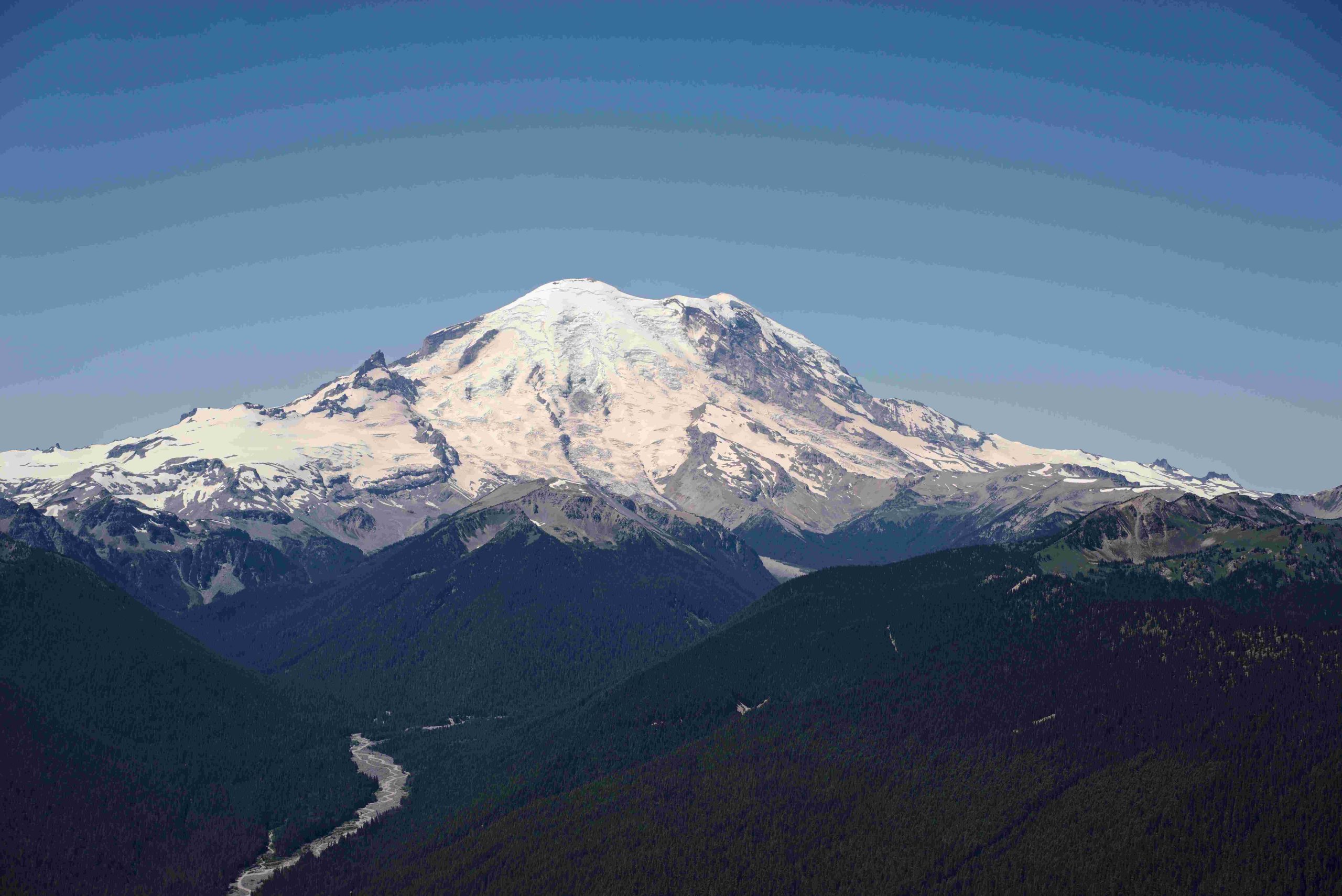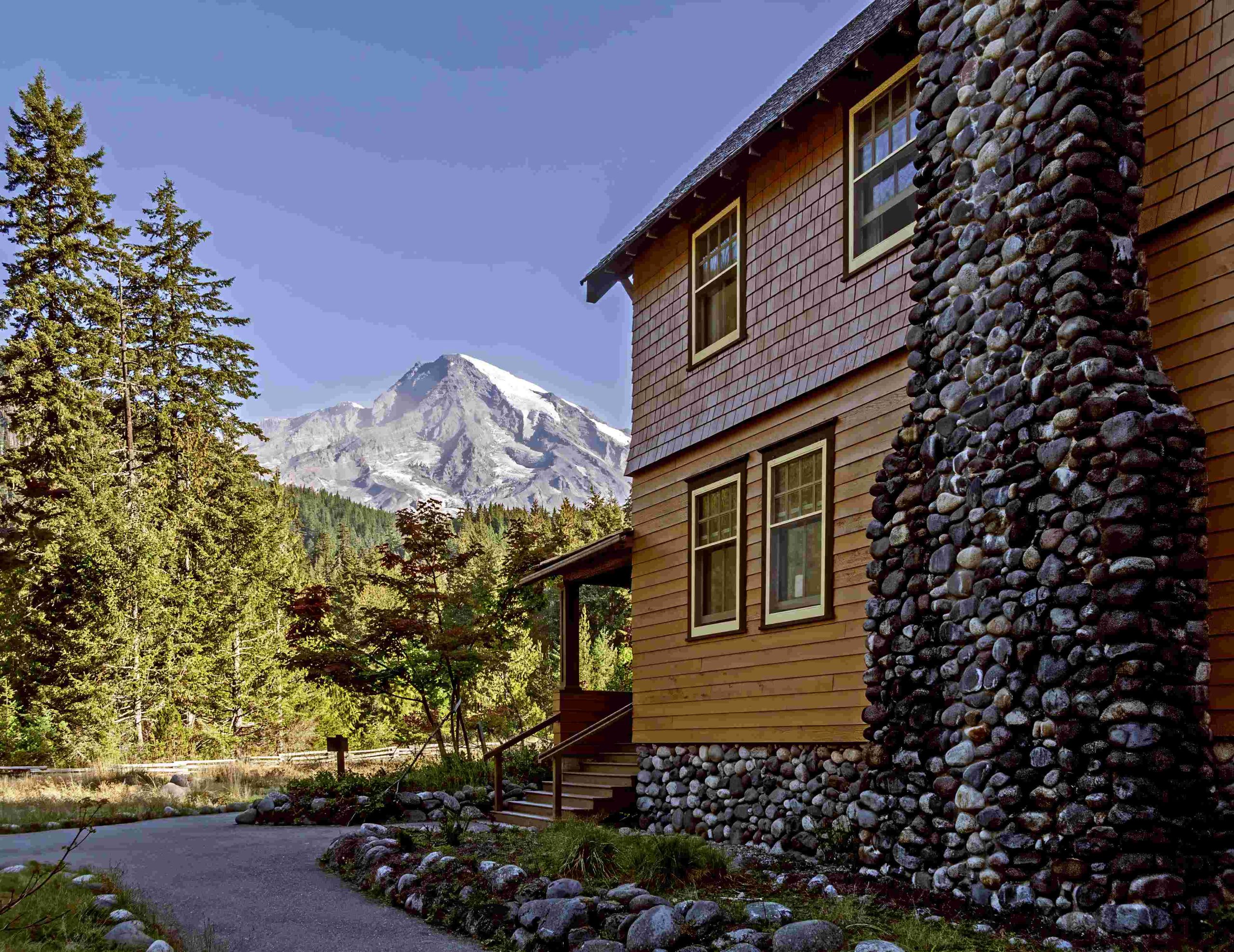Mount Rainier National Park’s Paradise area is a photographer’s dream and a hiker’s paradise. Jeffrey L. Smoot, an expert on the park, provides invaluable insights into capturing the beauty of this iconic landscape. From stunning wildflower meadows to breathtaking views of the mountain itself, Paradise offers a wealth of opportunities for both casual visitors and serious outdoor enthusiasts.
What Makes Paradise in Mount Rainier National Park Special?

Paradise, located on the south slope of Mount Rainier, is renowned for its spectacular wildflower meadows, panoramic views, and diverse hiking trails. It serves as a hub for visitors, offering amenities and access to some of the park’s most popular attractions.
Key features include:
- Subalpine meadows bursting with colorful wildflowers in summer
- Stunning views of Mount Rainier and surrounding peaks
- The historic Paradise Inn, a rustic lodge built in 1916
- The Henry M. Jackson Visitor Center, providing information and exhibits
- Access to numerous hiking trails for all skill levels
What Are the Best Photography Spots in Paradise According to Jeffrey L. Smoot?

Jeffrey L. Smoot, an experienced photographer and author, recommends several prime locations for capturing the beauty of Paradise:
- Myrtle Falls: A picturesque waterfall with Mount Rainier as a backdrop
- Reflection Lakes: Offers mirror-like reflections of Mount Rainier on calm days
- Skyline Trail: Provides sweeping views of the Tatoosh Range and Mount Rainier
- Paradise Meadows: Ideal for capturing wildflowers with the mountain in the background
- Nisqually Vista: Offers views of the Nisqually Glacier and the mountain’s western face
When Is the Best Time to Visit Paradise for Photography?
According to Smoot, the best times to visit Paradise for photography are:
- Mid-July to mid-August: Peak wildflower season
- Early morning and late afternoon: Golden hour lighting for dramatic shots
- Clear days after fresh snowfall: For pristine winter landscapes
- Early fall: For autumn colors and potential early snow on the mountain
What Camera Equipment Does Jeffrey L. Smoot Recommend for Paradise?
Smoot suggests the following essential gear for photographing in Paradise:
- Wide-angle lens for landscape shots
- Telephoto lens for wildlife and distant mountain details
- Sturdy tripod for low-light and long-exposure shots
- Polarizing filter to enhance sky and reduce glare
- Neutral density filters for waterfall photography
- Weather-sealed camera body to protect against moisture
How Can Visitors Best Prepare for a Photography Trip to Paradise?
To make the most of a photography trip to Paradise, Smoot advises:
- Check weather forecasts and park conditions before visiting
- Arrive early to secure parking and beat the crowds
- Bring appropriate clothing for rapidly changing mountain weather
- Familiarize yourself with park rules and regulations
- Scout locations in advance if possible
- Be prepared for high elevation (5,400 feet at Paradise)
What Are the Must-Hike Trails in Paradise Recommended by Jeffrey L. Smoot?
Smoot recommends these trails for hikers visiting Paradise:
- Skyline Trail: 5.5-mile loop with panoramic views
- Nisqually Vista Trail: 1.2-mile easy loop with glacier views
- Deadhorse Creek Trail: 2.5-mile moderate hike with wildflower meadows
- Panorama Point: 4-mile roundtrip hike with stunning vistas
- Lakes Trail: 5-mile roundtrip to Reflection Lakes and Louise Lake
What Lodging Options Are Available Near Paradise?
Visitors to Paradise have several lodging options:
- Paradise Inn: Historic lodge within the park (open seasonally)
- National Park Inn: Located at Longmire, open year-round
- Cougar Rock Campground: Closest campground to Paradise
- Ashford: Nearby town with various lodges and cabins
- Packwood: Town on the southeast side with additional accommodations
How Does Jeffrey L. Smoot Approach Wildlife Photography in Paradise?
When it comes to wildlife photography in Paradise, Smoot emphasizes:
- Patience and respect for animals’ space
- Use of telephoto lenses to maintain distance
- Knowledge of common species like marmots, pikas, and black bears
- Early morning and late evening as prime times for wildlife activity
- Adherence to park regulations regarding wildlife interaction
What Are Jeffrey L. Smoot’s Tips for Capturing Wildflowers in Paradise?
For stunning wildflower photography, Smoot suggests:
- Use a macro lens for close-up details
- Incorporate Mount Rainier as a backdrop when possible
- Visit during peak bloom (usually late July to early August)
- Use a shallow depth of field to isolate individual flowers
- Experiment with different perspectives, including low angles
- Be mindful of wind and use faster shutter speeds if necessary
How Does Jeffrey L. Smoot Recommend Photographing Mount Rainier Itself?
To capture the majesty of Mount Rainier, Smoot advises:
- Use foreground elements like meadows or lakes for scale and interest
- Experiment with different focal lengths to showcase various aspects of the mountain
- Capture the mountain at different times of day for varied lighting conditions
- Include people or recognizable objects for scale when appropriate
- Look for unique weather conditions like lenticular clouds or alpenglow
What Are the Challenges of Winter Photography in Paradise According to Jeffrey L. Smoot?
Winter photography in Paradise presents unique challenges:
- Limited access (Paradise road may close during severe weather)
- Extreme cold and potential for rapidly changing conditions
- Need for specialized winter gear and clothing
- Shorter daylight hours
- Difficulty in accessing some areas due to deep snow
Despite these challenges, Smoot notes that winter offers stunning opportunities for capturing snow-covered landscapes and dramatic weather conditions.
How Does Jeffrey L. Smoot Approach Night Sky Photography in Paradise?
For capturing the night sky over Paradise, Smoot recommends:
- Planning around new moon phases for darker skies
- Using a sturdy tripod and remote shutter release
- Employing wide-angle lenses with large apertures
- Experimenting with long exposures to capture star trails
- Including foreground elements like trees or the mountain silhouette
- Being prepared for cold temperatures, even in summer
What Conservation Messages Does Jeffrey L. Smoot Emphasize for Visitors to Paradise?
Smoot stresses the importance of conservation in Paradise:
- Stay on designated trails to protect fragile meadows
- Practice Leave No Trace principles
- Properly store food to avoid attracting wildlife
- Respect wildlife by maintaining safe distances
- Participate in park volunteer programs if possible
- Educate others about the importance of preserving the park’s ecosystem
By following these guidelines, visitors can help ensure that Paradise remains a pristine and beautiful destination for future generations to enjoy and photograph.
